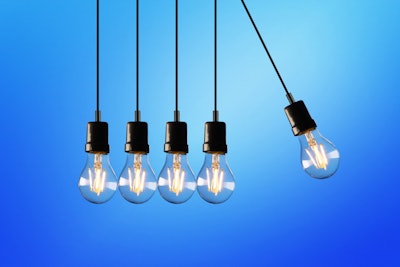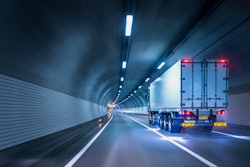
Warehouses are no new concept and have been an essential part of different industries for many years. However, warehousing operations have evolved to include advanced technologies and practices, for example, barcoding, high-rise storage, automatic material placement, radio frequency identification tagging (RFID) of containers, etc. This is where the need for lighting comes in.
Warehouse lighting must be carefully designed, evaluating what electrical products and material you will require. This can be a costly affair and so you might want to source the required electricals wires and products from an electrical surplus supplier.
Here’s what you need to do when you are deciding and designing the lighting for your warehouse:
Calculate the Degree of Lighting Required
Use design guides to determine the levels of lighting required for your warehouse. To find the right angles to light the warehouse, you will need to understand the landscape. And to ensure that your calculation is correct, you may need to work with experts. This will help you make a list of the electrical materials and products you will need.
Here are a few examples to help you understand better:
- If your storage is closer to the roof, you will need more lighting.
- If you have aisles that look like canyons, then you must have lightings dedicated to the aisles separately.
- Beam angles help you understand how much light you want on a particular object or in a particular section of the warehouse.
Give Way to Natural Light
There’s always an option to use natural light, such as by making holes to the roof, which can save you tens of thousands of bucks or more. Nevertheless, natural light may come with sunlight and rain, which may severely damage your goods. This is why roof lights are recommended, which come at a cost but protect your goods at all times, especially when installed with solar glazing.
Choose a glazing system that features solar control and protects your stored items from direct sunlight. A good system is that which emits less heat and lets it pass through the natural light source.
Customize According to the Warehouse Environment
Warehouses consist of goods small and large in size, which is why the sheds of warehouses are high - particularly to store vertical goods. Therefore, it is essential that you consider the landscape of your warehouse before designing the lighting. Check if you can use fewer lights in combination with more windows. Rather than fixing roof lights at equal intervals, go for customized lighting based on your warehouse layout. It will ensure that everything is illuminated to its best.
Gauge the Energy Consumption
Look at how the warehouse operates to be able to cut energy costs. You may not necessarily need to light up the building the whole time. Save energy by installing a luminous flux adjustor. You can always lower the intensity of the lighting in the areas that receive a fair share of natural light.
Experiment with Any New Technology
To better manage energy, use software like Building Information Modeling (BIM) and Building Management Systems that are increasingly becoming popular. Besides, LED fixtures use 60% lesser energy when compared to conventional lighting systems, including HID and fluorescent lighting. LED lights have a longer life span with improved lighting and lesser heat emission. Also, there are lights with self-checking circuitry, which report to a central monitoring system in case of a fault or failure.
Hence, with the use of such technology, you will not only be able to save energy but also the cost.
Conclusion
While you have multiple lighting options for efficiently illuminating your warehouse, you must go for one that meets your warehouse requirements. This helps enhance the work culture and well-being of employees at your warehouse. Also, you can significantly cut the maintenance fees.

















